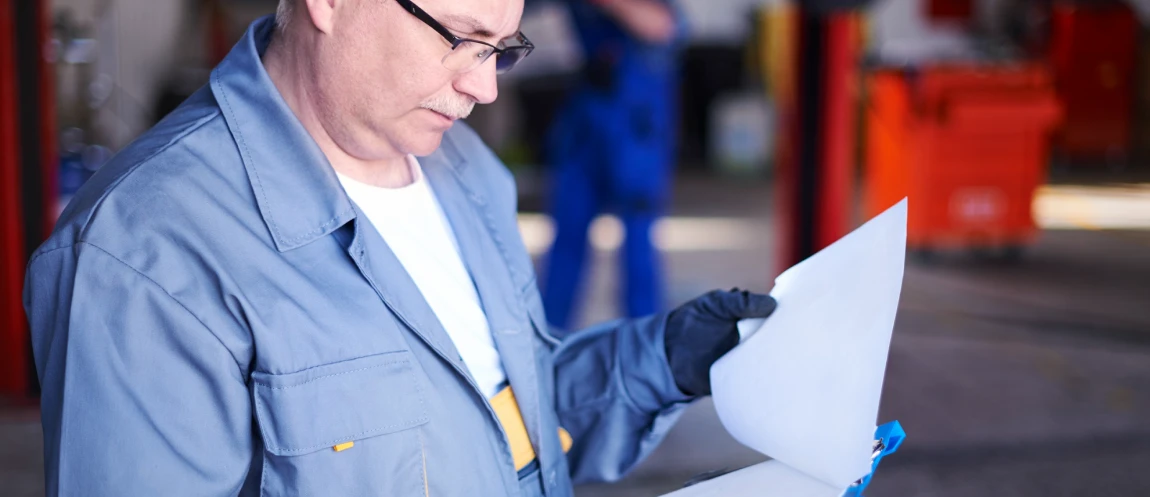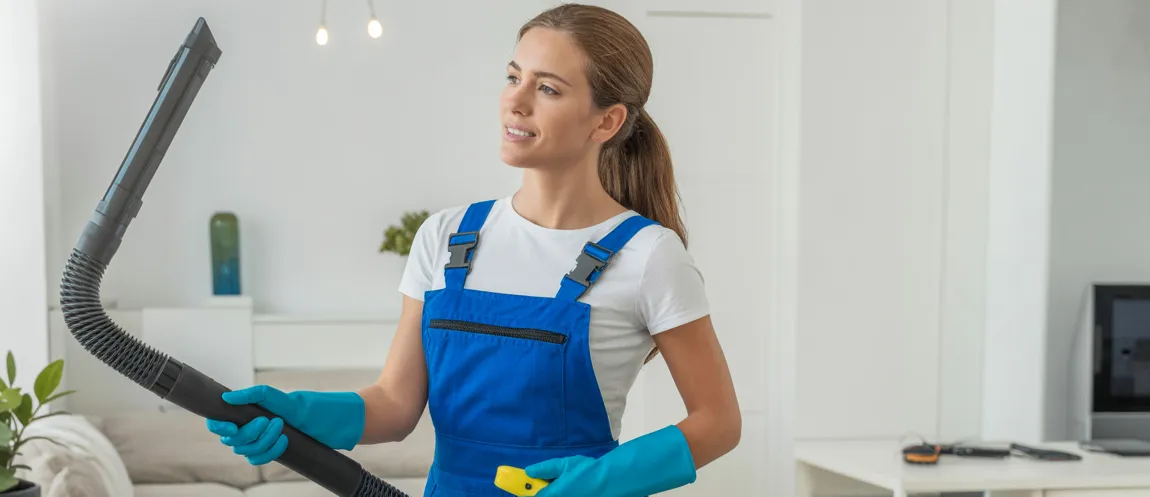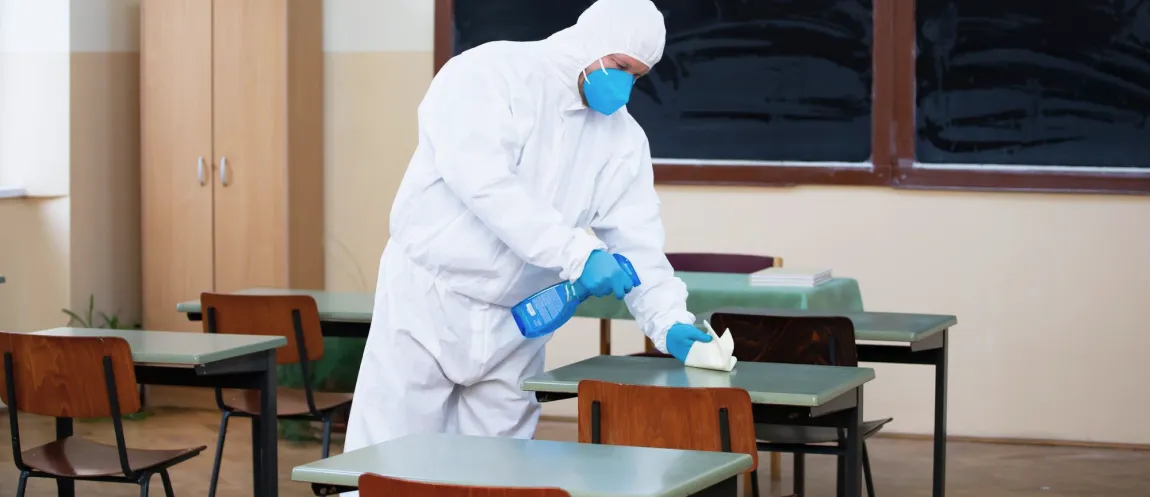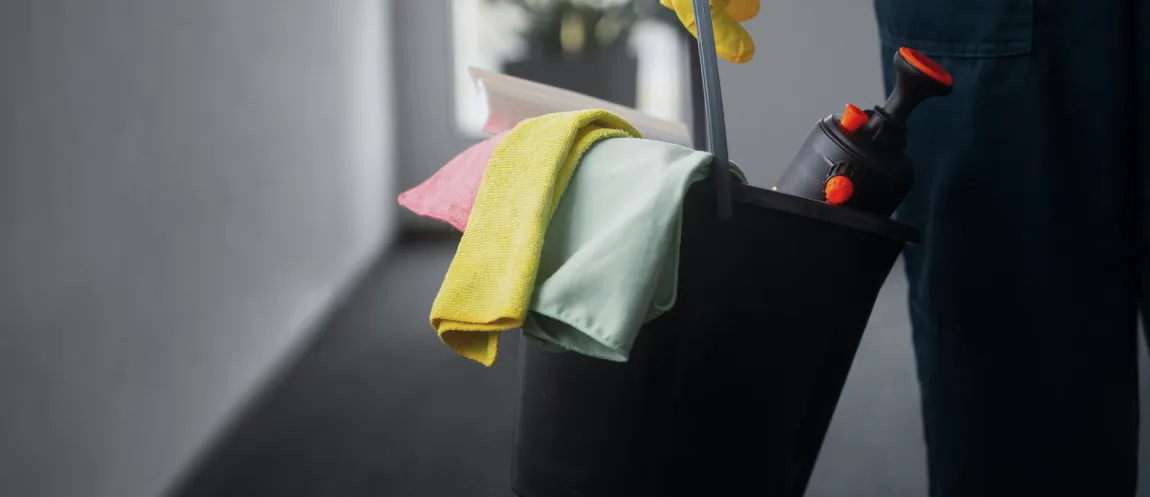Getting sanitation certified isn’t just about ticking boxes, it’s about building trust. Regardless of whether for food processing, healthcare, or any industry with strict hygiene standards, certification sends a message: this place takes cleanliness seriously. And behind every passing grade is a well-planned, consistently executed cleaning strategy.
Here’s what makes a difference when preparing for sanitation certification cleaning, and why cleaning plays a bigger role than you might think.
Certification Starts Where Cleaning Meets Compliance
Inspectors aren’t just looking at surface shine. They’re tracing the systems. The difference between a polished floor and a compliant facility is often invisible. Certifications demand cleaning that’s precise, protocol-based, and consistently documented.
Here’s what certified sanitation-ready cleaning looks like:
Process, Not Just Products
Cleaning for certification hinges on repeatable methods. Random wipe-downs won’t cut it. Inspectors expect a defined cleaning protocol that shows:
- What gets cleaned
- When it gets cleaned
- Who is responsible
- Which chemicals and tools are used
Every action must have a reason, and every reason should align with regulatory standards. SOPs (Standard Operating Procedures) should be clear, accessible, and followed to the letter.
Staff Awareness is Part of the Audit
A spotless space won’t pass inspection if the staff can’t answer basic questions. Team training is key. Every cleaner should understand not just what they do, but why they do it. Auditors might ask:
- Are cleaning logs up to date?
- Can staff explain the cleaning schedule?
- Do they know chemical safety protocols?
It’s not about memorizing jargon, it’s about proving that cleaning is an organized system, not a guessing game.
Critical Areas That Can Make or Break Certification
Some spaces carry more weight than others. Missing a fingerprint in a non-critical area? That might slide. But overlooking sanitation protocol in high-risk zones can derail certification altogether.
- High-Touch Surfaces
These are magnets for microbial transfer. From door handles to light switches, these spots must be cleaned frequently, often several times daily. Inspectors know where to look, and they will.
- Equipment and Tools
Machines used for food prep or medical applications need detailed, documented sanitation. Any buildup or residue can lead to deductions or disqualification.
- Storage Areas
Think shelves, cabinets, and chemical storage rooms. They’re often overlooked, but they matter. Cross-contamination risks are real, especially where cleaning supplies and food products share a roof.
Documentation: The Invisible Proof
A clean facility looks good. But a well-documented one proves it. Sanitation certification cleaning demands more than elbow grease, it needs evidence. Logs should include:
- Dates and times of cleaning
- Products used
- Names or initials of the responsible staff
- Any deviations from protocol (and why)
Digital or paper, consistency is key. Gaps raise questions. Auditors don’t just want to see clean spaces; they want to trace the journey that keeps them clean.
Benefits Beyond the Certificate
Sanitation certification isn’t just an achievement, it’s a safeguard. When cleaning supports compliance, it also protects people. Fewer illnesses. Fewer product recalls. Stronger brand reputation. In regulated industries, cleaning isn’t a cost, it’s a shield.
Looking to get certified or keep your standards sharp? DLL Cleaning Services helps businesses align their cleaning operations with sanitation standards that pass inspections and protect reputations.
Schedule a consultation today and bring confidence to your cleaning!
FAQs
What does sanitation certification cleaning involve?
It involves systematic, documented cleaning processes tailored to meet the hygiene standards set by certification bodies, ensuring safety and compliance.
How often should sanitation-related cleaning be done?
Frequency depends on industry standards, but critical areas are often cleaned daily or multiple times a day, with logs to prove it.
Do cleaning staff need training for sanitation certification?
Yes. Staff should be trained not just in techniques but in safety protocols, documentation procedures, and compliance requirements.
Is documentation necessary for sanitation certification?
Absolutely. Logs showing cleaning schedules, chemicals used, and staff accountability are essential parts of passing an audit.
What are the most commonly inspected areas during sanitation audits?
High-touch surfaces, equipment, food contact points, and chemical storage areas are typically prioritized by inspectors.




